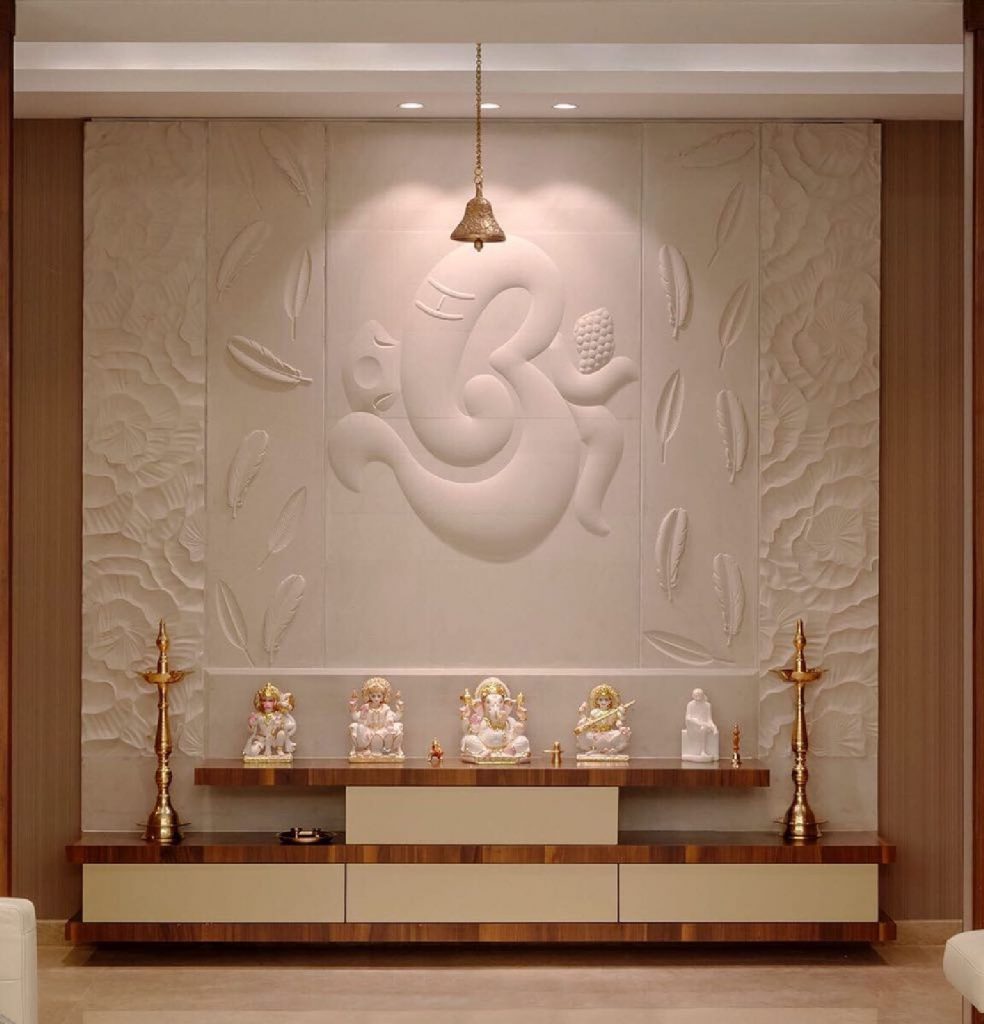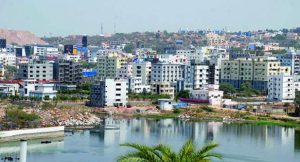Are you interested in investing in plots for sale in Hyderabad? Real estate is one of the main things that attracts inventors’ attention. People believe real estate is the safest investment because property prices rise frequently. So, who doesn’t want a return on investment?
Furthermore, real estate can be used to generate rental revenue, which is another reason why many people consider it an investment. People may consider investing in real estate for many reasons, which may explain why demand is increasing. The buyer and seller are the only ones who care whether the property is an office or a residence. The need for residential plots is skyrocketing.
Plots have undoubtedly become the go-to choice for investments in the post-pandemic real-estate marketplace.
Popular plot features in Chennai
If you’re looking for residential plots for sale in Hyderabad, many of the available lots include the usual amenities, such as:
- Internal roads and footpaths: Most plots in Hyderabad include internal roads and paths to facilitate travel within the neighborhood.
- Gated community: To ensure safety and peace of mind, most residential plots are part of a gated community with security guards.
- Water Supply: To make life easier, all residential plots include a reliable water supply.
- Sewage System: For safe living, most residential communities have sewage systems.
- Electricity: You can be confident that every plot will have a continuous power supply.
- Gas supply: Cooking gas is also supplied to many residential areas in Hyderabad.
To live comfortably in your new neighborhood, it’s crucial to consider all of this when choosing your plot.
Factors to consider when purchasing a plot in Hyderabad
Here are a few things to consider before purchasing a residential plot in Chennai.
Building Restrictions and Zoning Regulations
Be sure to familiarize yourself with all building restrictions and local zoning laws before doing anything because they will dictate what can be situated on the property. If you want to create something specific for commercial or residential use in the future, knowing what kinds of buildings can be erected in advance can save you a lot of trouble later on.
Size
When buying a plot in Hyderabad, you should also think about the plot’s size. The plot’s dimensions must be appropriate for the property’s intended use and financial constraints. A larger area might incur higher maintenance costs, while a smaller area may force you to give up space and comfort. Pick a size that fits your needs after carefully considering them.
Location
Before making a purchase, it’s critical to understand the neighborhood and determine whether it meets your needs. Do your homework and look into the area, amenities nearby, accessibility, and available public transportation. You can use this information to decide if this is the perfect place to live.
Benefits of investing in plots in Hyderabad
- Lower Investment cost: Particularly in India, unoccupied plots are less expensive than standalone villas and apartments. Furthermore, property taxes for plots are lower than those for houses. Additionally, the cost of maintaining the land will not be prohibitive.
- Higher Return on Investment: If open plots are located in areas that are anticipated to experience growth in the future, their prices will typically rise more dramatically than residential assets. For instance, a plot’s value will undoubtedly increase if it is close to a highway or in an area where significant resources are being invested in building necessary infrastructure, bringing profits to the owner.
- Provisional choice and flexibility: People have much more leeway when pieces of land according to are more affordable. Plots can also be used for a variety of purposes. Some people build people homes on lots, while others prefer to create farms and henhouses. You can design your home as you make it on your build to suit your needs. Independent homes or apartments with distinctive designs are up for sale. Depending on your preference, you can also choose the neighborhood of your choice.
- Easily Manageable: It is also easy for owners of uninhabited lands to manage their properties much better, even from distant locations, than homeowners, as their properties do not attract maintenance overheads, unlike individual homes or apartments.
In Hyderabad, there are 665 residential lands to buy on Propertywala.com, with prices ranging from Rs. 1.39 lakh to Rs. 30.6 crores (an average of Rs. 18,282 per square meter). Shadnagar, Kothur, and Ibrahimpatnam are locations where people go most often.
Plots in Kothur, Hyderabad
In Kothur, Hyderabad, there are 44 residential lands for sale on Propertywala.com, with prices ranging from 4.7 lakhs to 88.67 lakhs (or, on average, Rs 12,722 per square meter). The plots provide features like a clear title, freehold land, a plot boundary wall, a society boundary wall, a corner plot adjacent to the main road, a green belt facing, water connection, electric connection, and connectivity to hospitals, schools, and shopping malls.
Plots in Ibrahimpatnam, Hyderabad
In Ibrahimpatnam, Hyderabad, there are more than 40 residential lands for sale on Propertywala.com, with prices ranging from 5 lakhs to 80 lakhs (on average of 1089 sqft). The plots are near well-known towns, hospitals, or schools and adjacent to the main road.
Conclusion
It’s a good idea to familiarize yourself with the various localities, amenities, and social infrastructure. If you’re looking for residential plots for sale in Hyderabad. To make the best choice when selecting an area, you can also look into the zoning laws and the city’s development plans and become familiar with the market rates and other pertinent information.
Finding the ideal plot in Chennai can be difficult, but with the right advice and investigation, you can make a wise choice. You can find the perfect location for your future home among the assortment of residential plots offered for sale in Chennai.















